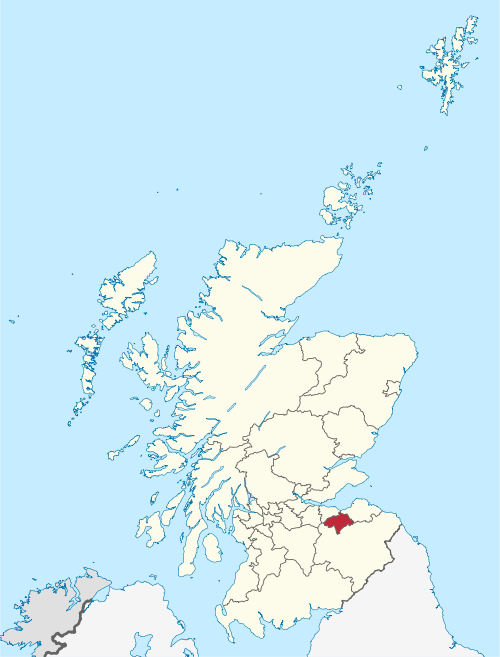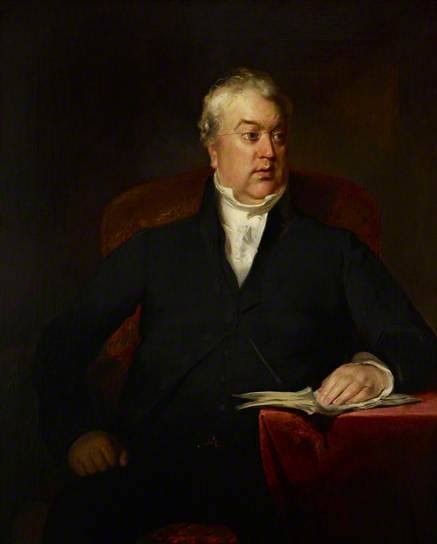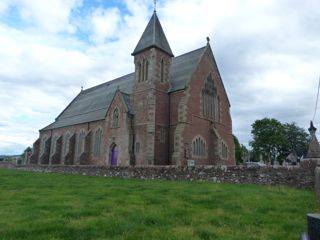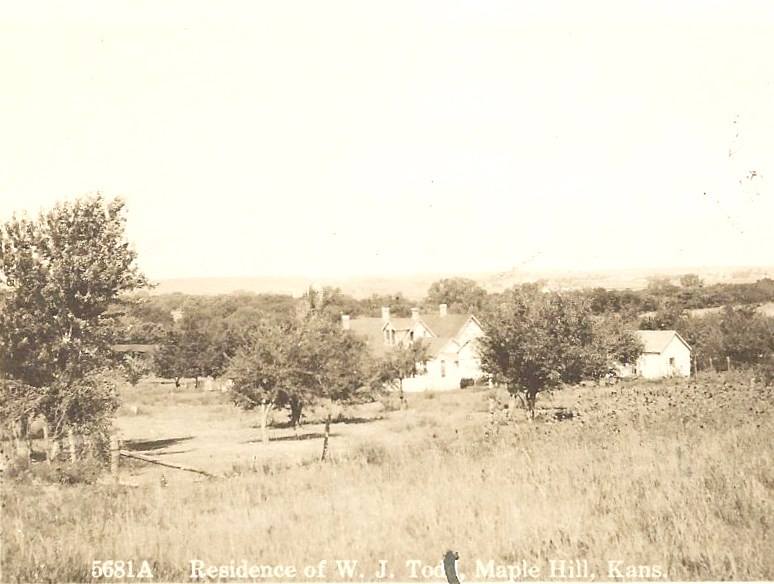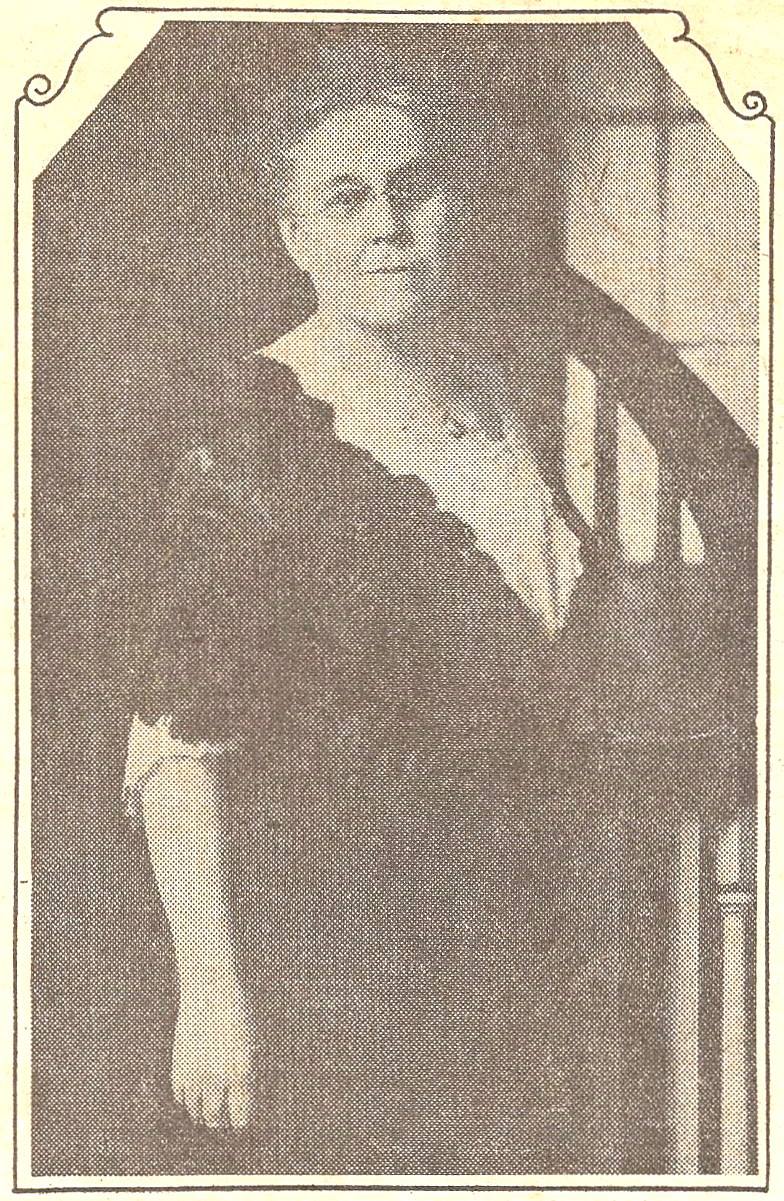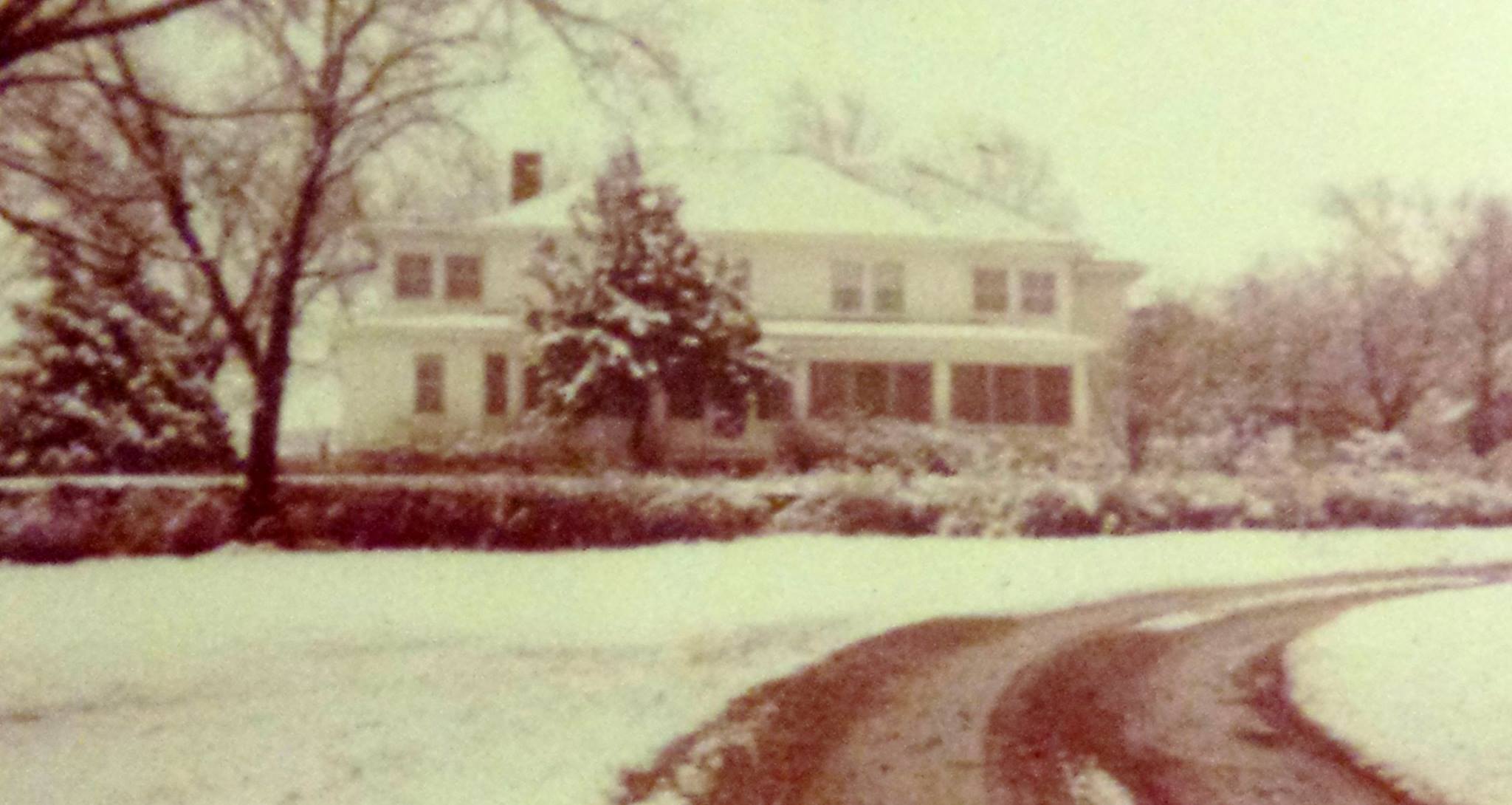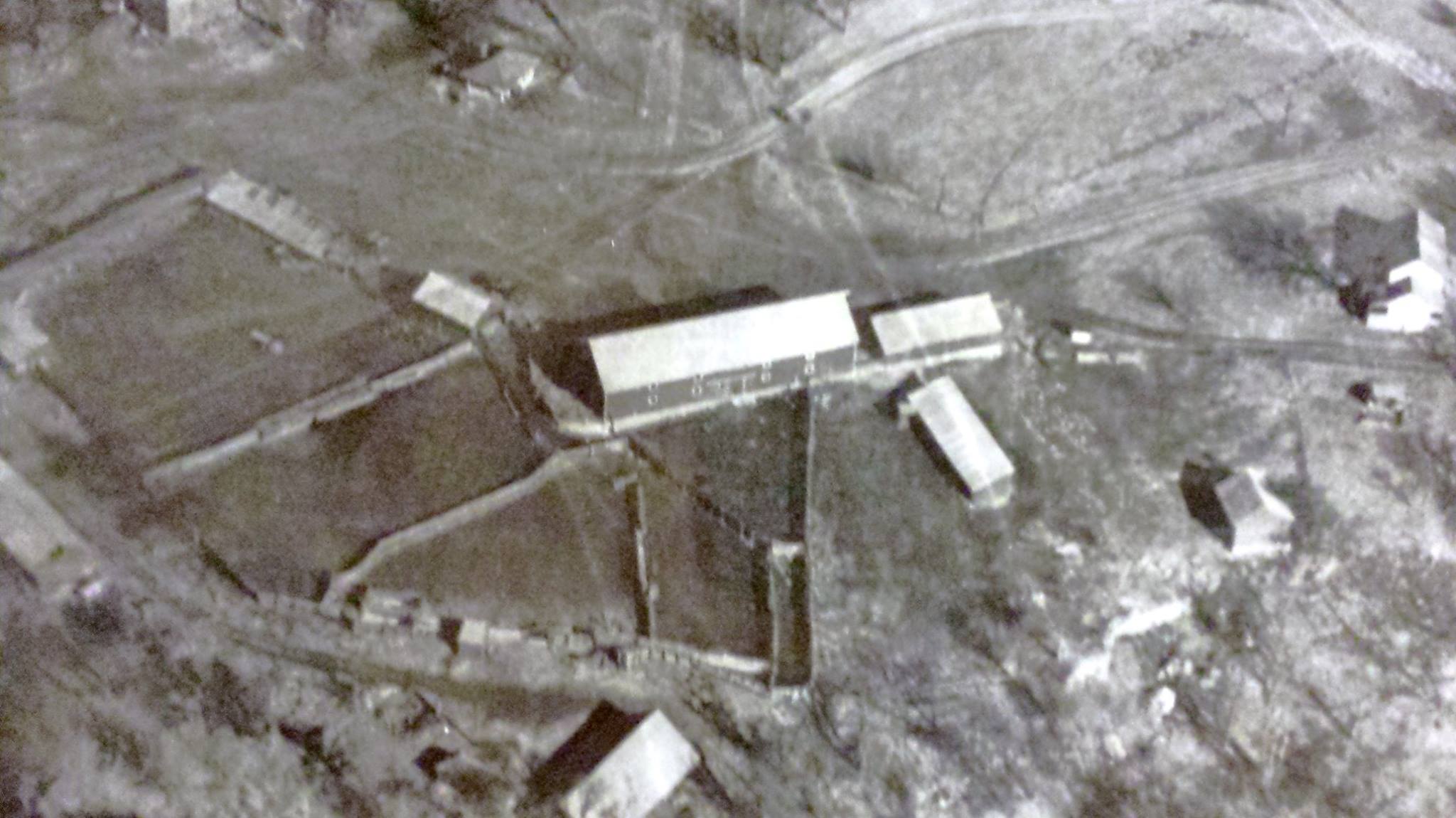Having introduced William John Tod and provided some of his genealogical and historical background, I’d now like to write about his wife, Margaret (Saunders) Tod.
Margaret Saunders was born on July 6, 1858 in Leith, Edinburgh, Midlothian County, Scotland. She was the daughter of Patrick Robertson Saunders and Jemima (Simson) Saunders. Patrick Robertson Saunders, was an auctioneer and a dealer in antiquities in Edinburgh, Scotland.
The Saunders family was important and distinguished in Edinburgh. Patrick Robertson was appointed Lord of Session in May 1843 by Her Majesty, Queen Victoria. The Lord of Session was much like the Chief Justice of the Supreme Court of Scotland. As the most important lawyer and judge in Scotland, Lord Robertson was certainly powerful and among the upper ruling class. This appointment was not hereditary but existed only for his lifetime. Lord Patrick Robertson was married to Mary Saunders, the sister of Patrick Robertson Saunder’s father, John Saunders of Edinburg. No doubt John Saunders named his son to honor his famous uncle, Patrick Robertson. Patrick Robertson was also responsible for the re-writing of the Scots Code of Laws in the 1850s. All the while he was serving on the bench, he was also writing prose, poetry and humor. He was well-known for his written works long after he retired from active service to the court.
Judging from the material I have found, the John Saunders family was also considered upper-middle-class, well-educated and family members were mostly professional either being professors, lawyers, merchants, or teachers. John Saunders was married to Mary Ann Weir on September 13, 1816 in South Leith, Edinburgh, Midlothian, Scotland. So far as I’m able to determine, they were the parents of two children: Marian Combe Saunders born in 1817 and Patrick Robertson Saunders born January 5, 1821 in Leith, Midlothian, Scotland.
John Saunders, his wife Mary Ann Weir Saunders and their family lived at #2 Restalrig Terrace, Leith, Edinburgh, Midlothian, Scotland when the 1871 Census of Scotland was taken. Here, we learn more of how he made his living. He is listed as a Master Builder and Mechanic, employing 45 men in his business and six household servants of various kinds. John Saunders was a successful builder and contractor in Edinburgh.
Patrick Robertson Saunders was born January 5, 1821 and was married to Jemima Simson on May 18, 1856 in Edinburgh, Midlothian, Scotland. Jemima Simson was born in 1829 to Alexander and Margaret (Barker) Simson. I have not found earlier marriages for either of them. Her father, Alexander was a solicitor/lawyer in Leith, Edinburgh, Midlothian, Scotland. Jemima Simson attended primary school in Edinburgh and a private girl’s school. Alexander and Margaret (Barker) Simson had two sons and two daughters. Both of the Simson sons became solicitors/lawyers. The younger son, Thomas Baker Simpson because a well-known lawyer living in London, England where he eventually become a solicitor to the English Parliament representing Scot cases.
Patrick Robertson and Jemima (Simson) Saunders were the parents of two children: Margaret Saunders born July 6, 1858 and Alexander Saunders born June 22, 1867, both in Leith, Edinburgh, Midlothian, Scotland. Alexander Saunders was educated in Edinburgh and first became a clerk for the Girls Boarding School where his sister, Margaret Saunders, was the head mistress. In 1902, he was married to Nana Florence Saunders, a cousin, who became a very successful traveling salesman for Scotch distillers. Alexander and Florence Saunders had one daughter, Nana Simson Saunders, who was born February 27, 1904 in Moseley, Warwickshire, England. Nana Simson Saunders never married. She lived her adult life in Birmingham, Warwickshire, England, and died there in November 1988.
I did not find any information regarding the death date or location for Patrick Robertson Saunders, but I did find the following for his wife, Jemima Simson Saunders: Notice of Probate Jemima Simson Saunders, died July 3, 1912, in Edinburgh, Midlothian, Scotland. The decedent died intestate (without a will.) Letters of Confirmation are to be issued to Mrs. Margret Saunders Tod, wife of W. J. Tod, and daughter of Mrs. Saunders. Mrs. Tod was here at the last illness and death of her mother, and her residence is 9 Athol Crescent, Edinburg. Her permanent residence is The Tod Ranch, Maple Hill, Kansas. The value of Mrs. Saunders estate is calculated at 216 pounds.
I wish I had been able to find out where Margaret Saunders was educated, but I have not. However, she became the head mistress of two girls boarding schools in Edinburg, Scotland. The first was Simsons Boarding School for Girls, which was owned by her aunt, Jane E. Simson. Miss Simson was also the head mistress and her niece, Margaret Saunders, was a teacher and governess in her school. From the census data, it appears that the school had a boarding enrollment of 17 girls with five instructors.
The second school was Drumsheugh Girls Boarding School at #14 Drumsheugh Garden, Edinburgh, Scotland. This was a very old school having been established in the late 1790s. It was very prestigious and expensive and its students were from the very elite families of Edinburgh. Miss Margaret Saunders was the headmistress of Dumsheugh for more than 10 years before leaving the school to marry William John Tod. I have not been able to learn how they met, but Miss Saunders left the employment of Drumsheugh after the spring term of 1891 and sailed for New York City, where she and W. J. Tod were married on June 5, 1891. They left immediately by train for the Tod Ranch, Maple Hill, Kansas.
I have been able to speak with several people who knew Margaret Saunders Tod personally. My paternal grandmother, Mable Clark, who was the central office telephone operator in Maple Hill, from 1914 until 1958, knew Mrs. Tod very well and was often a guest in her home. My grandmother said that Margaret Tod was a very gracious lady. She had a pleasant demeanor but was very formal. You were expected to call her Mrs. Tod and she always spoke to others using formal titles. Grandmother said that if you were invited for afternoon tea at the Tod Home, it was a grand occasion with lots of fancy sandwiches, breads, cookies, and scones. I also spoke with several of the people who served her as a personal maid. Susan Montgomery Watt and Agnes Montgomery McClelland were both maids to Mrs. Tod. These ladies were also good friends of my Grandmother, Mrs. Clark, and one afternoon late in their lives (likely 1980s,) they were together for a birthday tea when I was able to visit with them about Mrs. Tod. They all agreed that she was kind, that she was interested in their lives and desires, but that she was very formal and treated them as she had treated the domestic servants that served her while she was a head mistress. Formal English Tea was served every afternoon at 3 pm at the Tod Ranch, whether Mrs. Tod was alone or entertaining visitors and guests. The tea was just like she had experienced in Scotland. When Mr. Tod was at home, he and his guests were invited to attend tea but did not come to the tea table in ranch clothes, but dressed in suits.
Both the ladies that had been her personal maid said that she was fastidious in her dress and that they remembered that she would ask them to brush her hair for 100 strokes, morning and evening. In the evening, she would then ask them to braid her hair. She always wore a night cap.
Mrs. Tod was very involved in the Maple Hill Community. She and W. J. Tod had one child, a son, James Tod, who attended Maple Hill Grade School during the early years but then went to Princeton Preparatory School and finally to Yale College. In reading the Maple Hill News Items, Mrs. Tod was involved in attending and assisting with school affairs during the times her son was there. She was busy entertaining her husbands cattlemen friends and their wives. In her obituary, it states that she entertained every Governor and First Lady of Kansas during her tenure at the Tod Ranch. She was a member and involved in the life of the Maple Hill Community Congregational Church, although she and Mr. Tod were also members of Grace Episcopal Cathedral in Topeka, Kansas, and attended worship there on occasion. W. J. Tod was president of several livestock organizations between 1890 and his death in 1929. Mrs. Tod often traveled about the country with him, attending many conferences and meetings. She was invited to tea at the White House while Mr. Tod was testifying before Congress on livestock legislation.
In reading accounts in the Topeka Daily Capital, it was surprising how deeply she became involved in the Women’s Sufferage Movement. Even though reared in Victorian England, she believed that women should have the right to vote in local, state, and national elections. She entertained suffragettes in her home and traveled to regional and national meetings.
Some of the most revealing insights into her daily activities are the 120 letters written by Harry Fine to his parents on the East Coast. They are all online at www.kansasmemory.org and detail a summer sixteen-year-old Fine spent on the Tod Ranch. His father had been a classmate of James Tod at Yale University and the Fine Family was an old and socially prominent family in Princeton, New Jersey. The letters speak kindly of W. J. Tod and Margaret (Saunders) Tod, who looked after Harry Fine and made certain that he learned about ranching during his summer visit. The Tods often invited him to join them for weekend meals and he always speaks about how Mrs. Tod is interested in his observations. As an aside, he isn’t as kind about many of his observations of the Maple Hill Community. I chuckled at his Eastern uppidiness in describing town life.
Margaret Saunders Tod was a helpmate to her husband and to her son and his family, and to her local, state and national friends all through her long life. Mr. Tod passed away in 1928 and Margaret (Saunders) Tod died July 24, 1934, in Colorado Springs, Colorado, just days after her seventy-sixth birthday.
In the next post, I will write a little about W. J. and Margaret Tods son, James Tod, his wife Mabel Rae (Adams) Tod and their children.
Photo One: A map of Scotland showing Edinburg, Midlothian County, in red.
Photo Two: Lord Patrick Robertson, Edinburgh, Scotland
Photo Three: This is the present house located at #2 Restalrig Terrace in Edinburgh. I have no way of knowing if this was the home of John Saunders, ancestor of Margaret Saunders Tod, but I thought it worth including.
Photo Four: This 11th Century Church was known as The Saunders Chapel in Edinburgh, Scotland. This is where many of the early Saunders family attended worship. Margaret Saunders was registered at St. Cuthberts Episcopal, where the Tods also attended.
Photo Five: This is a pictorial postcard of the W. J. Tod home. The postcard is dated 1910 and was actually used to write a note to one of the Small family (who built the Windler Hotel in Maple Hill) who was attending Washburn at the time. The house was built by George A. Fowler in the 1880s and burned to the ground in 1913.
Photo Six: This is a photograph of Margaret Saunders Tod published along with her obituary in 1934. It was taken in the front hall of the W. J. Tod Home.
Photo Seven: The W. J. Tod House, taken by the Stockman family during a 1962 snowstorm. The house was then occupied by Raymond and Ruth Brethour.
Photo Eight: An aerial view of the W. J. Tod Ranch, barns, cattle shed, and lots, with the Tod home at the far east side. The photograph was taken in the 1950s when the ranch was owned by the Brethour family.
I’m grateful to Brenda Stockman-Selman for supplying photos Seven and Eight. Brenda’s family, the Robert Stockmans, were for many years foreman of the Brethour Ranch.
